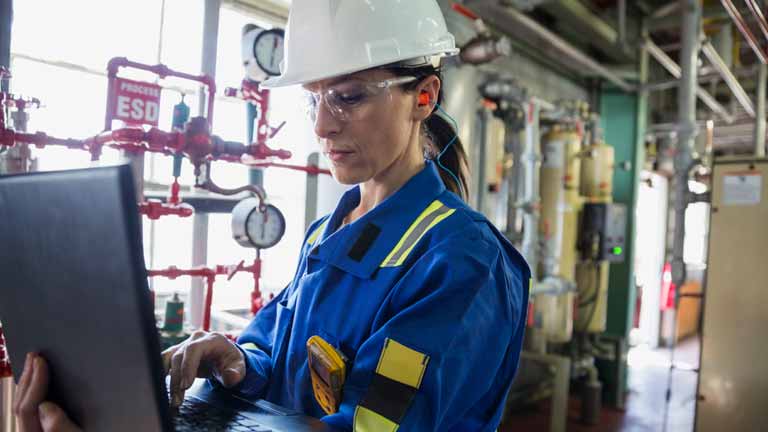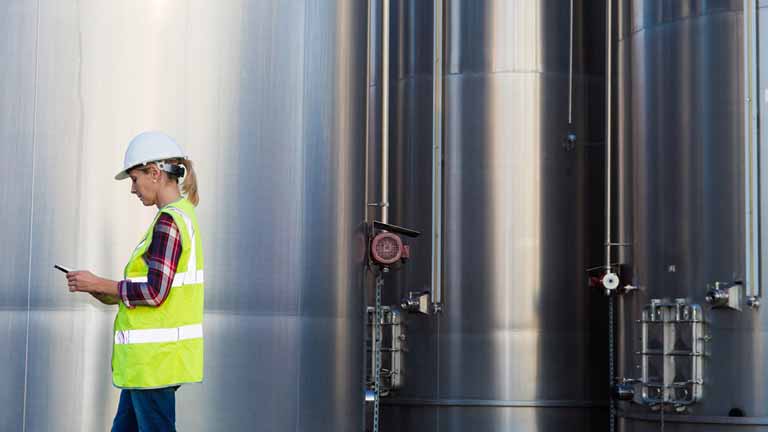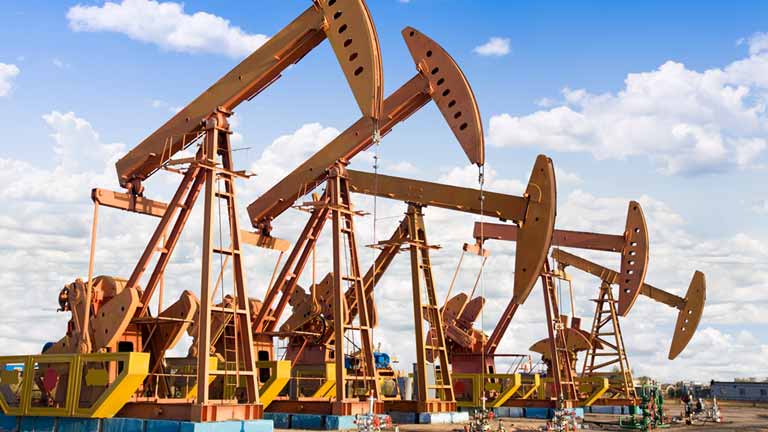Digital transformation may sound daunting, but it’s the best way for O&G to navigate seemingly endless disruptions.
The booms and busts of the O&G industry are legendary. But the 2020 pandemic was an unexpected, unprecedented bust. It accelerated long-term trends, like digitization, sustainability initiatives and cleaner energy and turned the Great Crew Change into the Great Compression.
- Digitization: This industry has always been challenged to optimize production and deliver more energy at a lower cost as demand and prices fluctuate. It’s how companies turn a profit. But disruptions often impact the razor-thin margins and push them into negative territory. Adding to the pressure: many companies are trying to manage, monitor and maintain assets that are almost two decades old.
- Sustainability: The world demands cleaner energy, and many organizations have pledged to get to net zero emissions by 2050 or sooner. That means oil and gas companies must supply energy with less emissions, putting more focus on optimizing operations to lower costs … in a market where they cannot control the price of the product.
- Skilled workers: Oil and gas companies may have had to lay off workers but the need for skilled employees persists especially when new job types are added. The global workforce has evolved, too. Younger, digital natives entering the market expect mobility, augmented reality, AI assistants and the use of autonomous technologies – all in the palm of their hands. That’s a plus, though, because as older workers retire, the next generation of technicians and operators will need technologies that rely on IoT, AI and real-time data to succeed.
Analysts like IDC have long predicted the need to adopt these newer technologies to build more resilient oil and gas operations. Big data, IoT, AI and the migration towards Industry 4.0 and digital twins, are prompting leading firms to invest across their production systems and supply chain. And as the analysts predicted, the firms that do invest have an edge by improving their ability to predict disruptions, reallocate resources, and improve the overall reliability of their production and distribution systems.
It’s time for O&G to get connected.
By using IoT to “connect everything”, these organizations are embedding intelligence into their asset management strategy. They’re capturing and analyzing data with the help of AI and machine learning. And it’s transformed asset management and operations from a cost-center to a strategic enabler. It’s also providing new revenue sources and changing businesses in the process, allowing connected companies to capitalize on their rich histories, operating procedures and analytical insights.
“ Ultimately, companies that haven’t yet embraced digital implementation throughout the organization can no longer afford a cautious approach; the value digital tools deliver is critical for survival in today’s price environment.”1

The oil and gas company of the future will be heavily instrumented, interconnected and intelligent. It’s the only way to support a sustainable and integrated supply chain that stretches from geophysical realms, through R&D advancements to employees in the field, and ultimately to a world that is energy dependent.
Explore more resources
Kuwait Oil Company: Connecting "everything" for maximum operational efficiency








